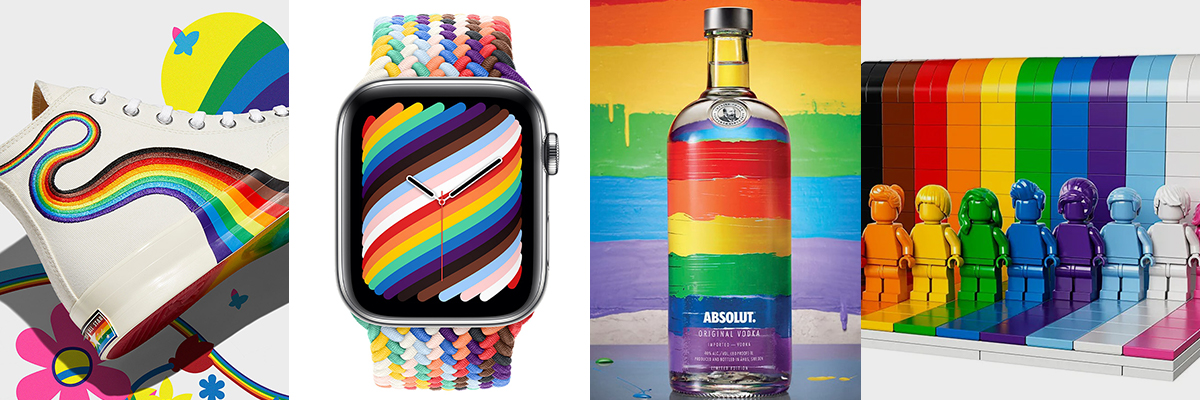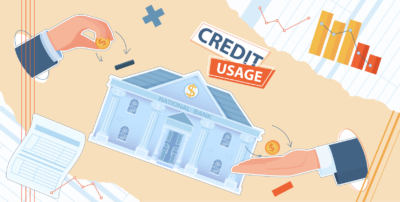Not a day went by in June without some organization, outfit and brand proudly proclaiming themselves as 2SLGBTQ+ friendly. It was, as things are these days, an attempt to ride the coattails of a trending hashtag.
It’s the exact same story when it comes to the Indigenous or disabilities diverse communities. There appears to be a strange lethargy among brands to evangelize consumers from these niche segments on an ongoing basis.
INTO, a digital magazine of Grindr (a social networking app for gay, bi, trans and queer people) conducted a key survey of consumers. Forty percent of the respondents admitted they favour brands that “regularly or continually” intertwine 2SLGBTQ+ themes into their promotional campaigns as opposed to the bandwagoners who jump on it during Pride month.
“Effective marketing is just telling the truth in a way that gets people’s attention,” says Jon Allen, a proprietor of a guesthouse for gay men in Key West Fla.
The magazine also polled some 280 marketing executives to get an insight into their advertising budget for 2SLGBTQ+ consumers. Not surprisingly, 53 percent said they spend 0-4 percent annually.
INTO offers suggestions that advertisers would be foolish not to pay attention to because the numbers paint a rosy picture of the buying power of these micro-segments.
Pink Power: The numbers speak volumes
According to a Nielsen survey, self-identified 2SLGBTQ+ households account for 6 percent of total households in Canada with a significant number concentrated in major cities.
The survey notes, the “Pink dollar” a moniker used to describe the purchasing power of the 2SLGBTQ+ members, is roughly $3.8 billion in Consumer-Packaged Goods (CPG).
Also, the 2SLGBTQ+ consumer shops more often than the average. Pre-Covid, they made 170 trips to the stores, roughly 10 percent more than the others. Imagine the opportunities you can open up by connecting across different touchpoints.
If you’re a marketing executive reading this, your Spidey senses should start tingling right about now. Imagine the opportunities you now have with point-of-purchases, product demos and experiential marketing etc. crafted to work within a store setting.
So, where’s all the Pink dollar going?
Fifty-two percent shop of the 2SLGBTQ+ consumers shop at grocery stores, 13 percent in mass merchandisers, 12 percent in warehouse clubs and 9 percent in drug stores. Your average 2SLGBTQ+ customer is digitally savvy, so they spend 1.5 times more on online outlets than the average Canadian consumer. Pet stores also benefit from the pink dollar, as these consumers drop 21 percent more money here than the average consumer (numbers courtesy of Nielsen).

The Indigenous spender
If Indigenous Peoples in Canada reach the same education and employment levels as non-Indigenous people, the country’s GDP would increase by $401 billion by 2026, notes a study by the Centre for the Study of Living Standards.
By that logic, the purchasing power of Indigenous Peoples is expected to increase four-fold as education and employment outcomes continue to trend upwards.
More than 37,000 First Nation, Métis and Inuit persons in Canada own businesses and a report by TD Bank says the Indigenous segment shows a potentially growing consumer market.
Disabilities don’t define this consumer segment
SenseAbility.ca is a business networking portal to help private and public sector organizations become more accessible and inclusive of People with Disabilities.
Here are some quick facts put together by SenseAbility.ca
– 1 in 5 Canadian has a disability. That translates to approximately 6,200,000 people
– The buying power of Canadians with a disability is around $55.4 billion
– 71 percent of People with Disabilities said they would click away from websites that are not accessible (this segment, much like the 2SLGBTQ+ prefers shopping online)

How brands can speak to these specialized market segments?
– Move away from the flavour-of-the-month approach: Your consumers are not going to be fooled by your effort to shine seasonally. Instead, invite the people from these niche marketing segments when you’re developing or creating a campaign or brand strategy and engage with them all year. Also, develop a dynamic Public Relations campaign to complement the advertising.
– Put your mouth where your marketing is: In 2016, Apple, IBM, American Airlines and others openly condemned a North Carolina law that discriminated against the 2SLGBTQ+ community. The law disallowed transgender people from using the bathroom that matched their gender identity. The collective outcry from corporations and brands served an important lesson: genuine advocacy begets goodwill. You can bet your bottom dollar that the 2SLGBTQ+ members took notice of who was on their side.
– Build a sense of community: Whether it is People with Disabilities or those that identify as 2SLGBTQ+ or Indigenous Peoples, nothing says “I care” than creating a sense of community through giving. Donating funds to build a community centre in a remote reserve for Indigenous youth or helping to retrofit computers with state-of-the-art software and hardware to help those with visual or auditory challenges, will prove you care. And when you don’t expect anything is when you will get everything.
– Go where your consumers hang out: Here’s an interesting trivia. The tourism industry, which once focused on brand strategy, has of late shifted its advertising to an aggressive retail-type promotion on digital media. Why? Because the industry stakeholders realized everyone was browsing for bargains online. Similarly, research shows the People with Disabilities community is an ardent fan of online shopping. This means you should try to engage with them on the portals they frequent. Technology has become a game-changer, embrace it.
– Be authentic: An effective marketing strategy is about good storytelling. People will buy your story before they buy your product. So, make sure your story is authentic. If you do it well, you will get niche consumers, but when done poorly, you risk alienating them.
– Know your consumer: Understand the micro and macro cultural gradations. Be creative, flexible, and most importantly, be accessible.
If you want to build a relationship with your consumer, we can help connect your brand with these diverse consumer groups, that exist within all ethnicities, in a meaningful manner. Diversity Beyond Ethnicity is a marketing program of Maple Diversity Communications to provide advertising, marketing, and research solutions to enable your brand to successfully identify with these consumer groups and achieve your business objectives.





